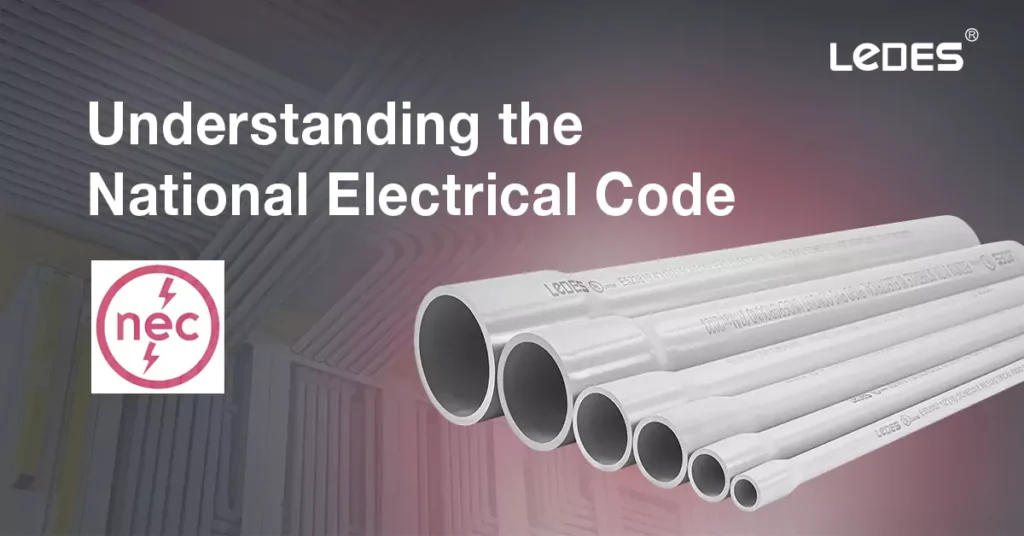
Table of Contents
About NEC
The National Electrical Code, also known as NEC, is a set of electrical safety standards and guidelines that is widely recognized and followed in the United States. It is published by the National Fire Protection Association (NFPA) and is regularly updated to reflect the latest advancements in electrical technology and safety practices.
The NEC serves as the cornerstone for electrical safety standards in US, provides regulations for the installation, operation, and maintenance of electrical systems to ensure the safety of people and property. These regulations cover everything from wiring methods, grounding, electrical equipment, and even the proper placement of electrical outlets.
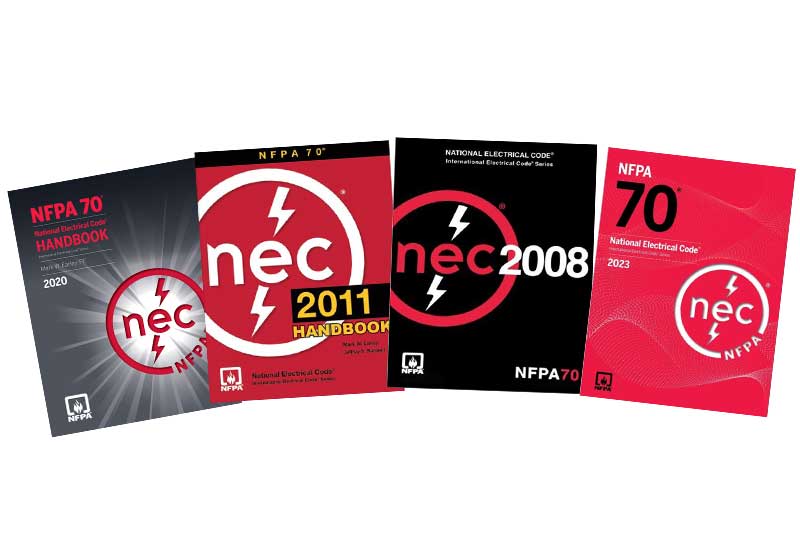
Understanding PVC Conduit and Its Benefits
Polyvinyl Chloride (PVC) conduit is a widely used material in electrical installations due to its versatility, durability, and cost-effectiveness. PVC conduit is non-metallic, lightweight, and resistant to corrosion, moisture, and chemicals. These properties make it suitable for various applications, including residential, commercial, and industrial projects. Additionally, PVC conduit offers excellent electrical insulation properties and provides a high level of protection to embedded electrical cables.
NEC Requirements for PVC Conduit:
General Requirements:
The NEC sets forth general requirements that PVC conduit must meet to ensure safe electrical installations. These requirements include:
- Compliance with UL Standards: PVC conduit used in electrical installations must comply with the UL (Underwriters Laboratories) standards specifically designed for PVC conduit. This ensures that the conduit meets the necessary safety and performance criteria.
- Environmental Suitability: PVC conduit must be suitable for the environment in which it will be installed. Different types of PVC conduit are available for indoor, outdoor, wet, or corrosive environments. Choosing the appropriate type ensures the longevity and reliability of the conduit system.
- Marking and Identification: PVC conduit must bear proper markings for identification, including the manufacturer’s name or trademark, conduit size, and applicable electrical standard. These markings help in identifying the conduit and verifying its compliance with the required standards.
Sizing and Fill Requirements:
Proper sizing and fill requirements of PVC conduit are essential to prevent overheating and ensure sufficient wire capacity. The NEC provides specific guidelines in this regard:
The Sch 40 PVC conduit size shall be bigger than 1/2 inch and small than 8 inch, the sizes not within this ranges shall not be used.
Fill Limit Calculation: Fill limit are calculated using the cross-sectional area of conductors and the size of the conduit. Adhering to these limits prevents overcrowding, overheating, and potential damage to the conductors. And the conductor number shall not exceed the allowable percentage fill.
Special Considerations: Certain applications require special considerations, such as conduit bodies, conductor insulation types, and derating factors. These factors may affect the fill limits and must be taken into account during conduit sizing.
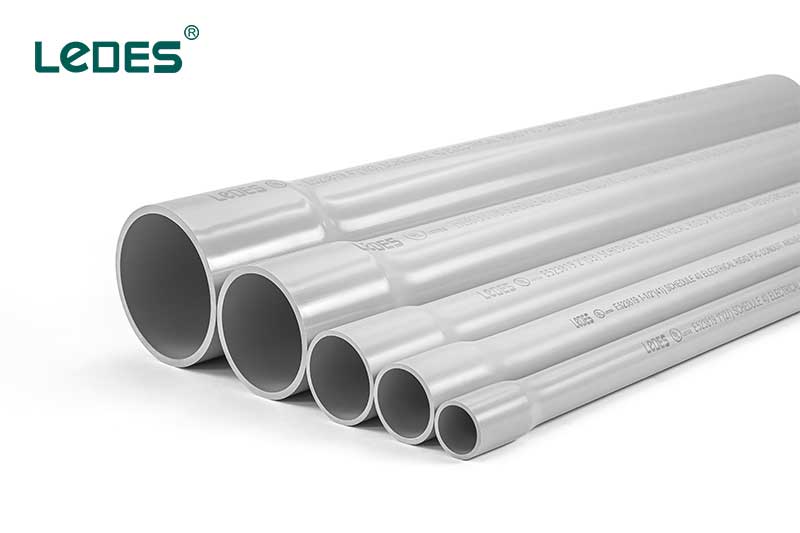
Installation and Supports:
Proper installation techniques and adequate support for PVC conduit are critical to ensure its integrity and prevent damage. The NEC provides the following requirements:
- Secure Fastening and Support: PVC conduit must be securely fastened and adequately supported at intervals specified by the code, typically every 3 feet. This prevents excessive movement, sagging, or stress on the conduit.
- Vertical and Horizontal Runs: Both vertical and horizontal runs of PVC conduit require proper support to maintain their position and prevent sagging. Supports should be installed at appropriate intervals to ensure stability.
- Compatibility of Supports: Conduit supports must be compatible with PVC conduit and provide sufficient strength and stability. The supports should not cause damage to the conduit material or compromise its structural integrity.
Bends and Junctions:
Properly executed bends and junctions in PVC conduit are crucial for maintaining the integrity of the electrical system. The NEC provides the following guidelines:
- Minimum Bend Radius: PVC conduit should be bent using the minimum bend radius specified by the manufacturer. This prevents damage to the conduit and ensures the conductors inside are not subjected to excessive stress.
- Bending Tools and Techniques: Appropriate bending tools and techniques should be employed to ensure smooth and accurate bends. Improper bending can lead to kinks, flattening, or other deformations that may affect the conduit’s performance.
- Junction Boxes and Conduit Bodies: Junction boxes and conduit bodies should be appropriately sized, easily accessible, and provide adequate space for connections and wire splices. These components play a crucial role in maintaining the integrity of the conduit system.
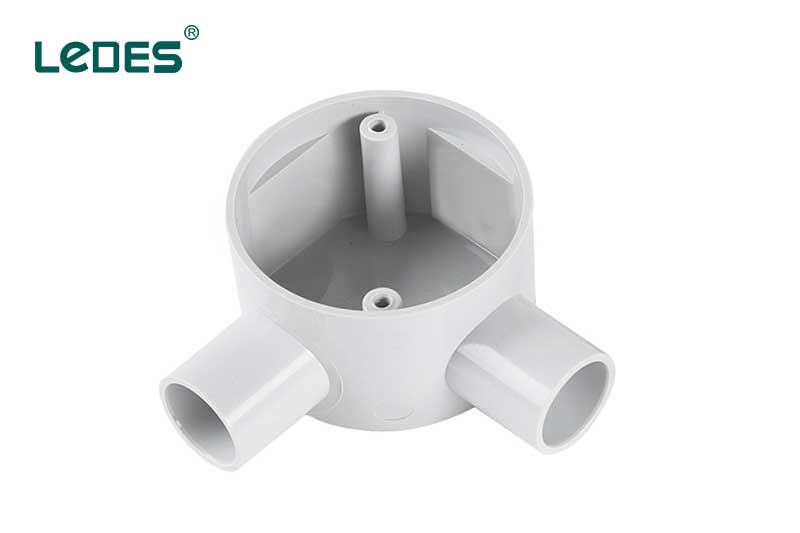
Grounding and Bonding:
Proper grounding and bonding of PVC conduit systems are essential for electrical safety. The NEC outlines the following requirements:
- Adequate Grounding: PVC conduit systems must be properly grounded to facilitate fault current return and ensure electrical safety. Grounding conductors should be sized and installed according to NEC guidelines.
- Bonding with Metallic Enclosures or Conductors: When PVC conduit is used in conjunction with metallic enclosures or conductors, bonding jumpers or devices must be installed to maintain continuity and prevent potential differences.
For all specific details and requirements, please check the official NEC standard file.
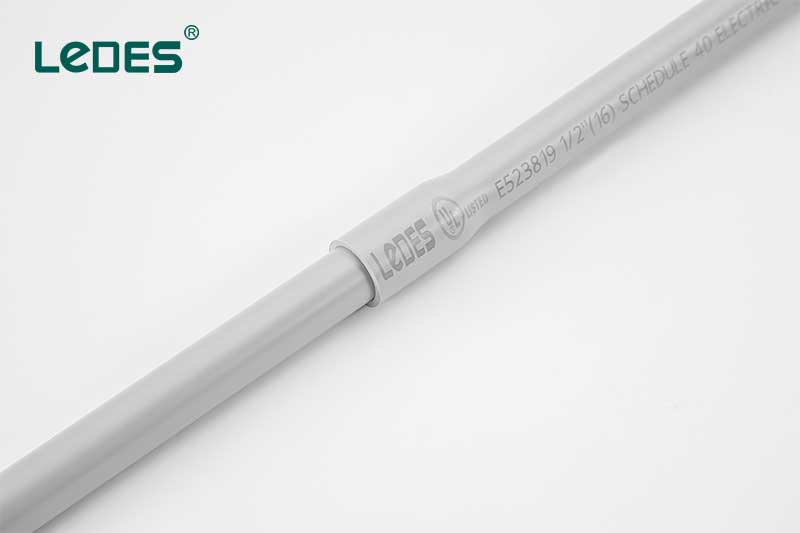
Some related questions about PVC conduit you may have:
Can PVC conduit be buried underground?
Yes, PVC conduit is suitable underground installations. However, it must be specifically rated and approved for burial. The depth of burial and any necessary protective measures, such as concrete encasement, should comply with local codes and regulations.
Can PVC conduit be used for both indoor and outdoor installations?
Yes, PVC conduit is available in types suitable for both indoor and outdoor installations. However, it is crucial to select the appropriate type based on the specific environmental conditions to ensure its longevity and performance.
Are there any restrictions on the number of bends allowed in PVC conduit?
The NEC does not impose specific restrictions on the number of bends in PVC conduit. However, it is important to adhere to the manufacturer’s guidelines for bending to prevent damage and maintain the conduit’s structural integrity.
Can PVC conduit be used in areas with high temperatures?
PVC conduit has temperature limitations, and its use in high-temperature areas may require special considerations. It is essential to consult the manufacturer’s specifications and local codes to ensure the PVC conduit’s suitability for specific temperature ranges.
Is PVC conduit suitable for corrosive environments?
PVC conduit is resistant to many common corrosive substances and is suitable for a wide range of environments. However, in highly corrosive environments, it is recommended to consult the manufacturer’s specifications and consider alternative conduit materials, such as PVC-coated rigid metal conduit or other corrosion-resistant options.
Are there specific color coding requirements for PVC conduit?
Yes, the NEC mandates color coding for various types of conduits. For instance, grey PVC conduit is often used for electrical systems, while orange PVC conduit is typically reserved for communication and data applications.
Can PVC conduit be used for high-voltage applications?
While PVC conduit is commonly used for low-voltage applications, it may also be suitable for some high-voltage applications. However, specific NEC guidelines or any other local code must be followed to ensure the appropriate insulation and mechanical strength are maintained.
Contact
That’s it. If you still have any questions, please submit the contact form or email us today.



